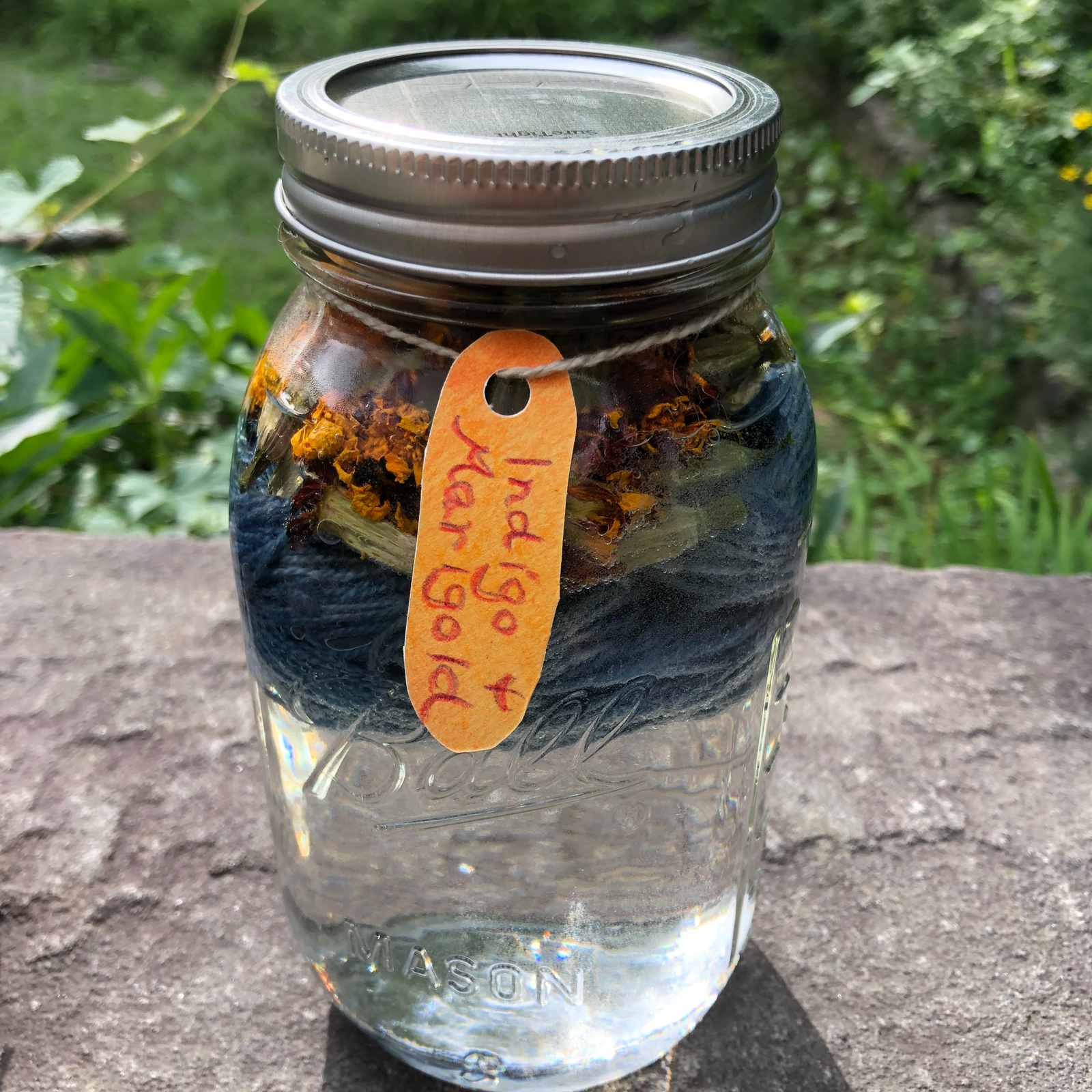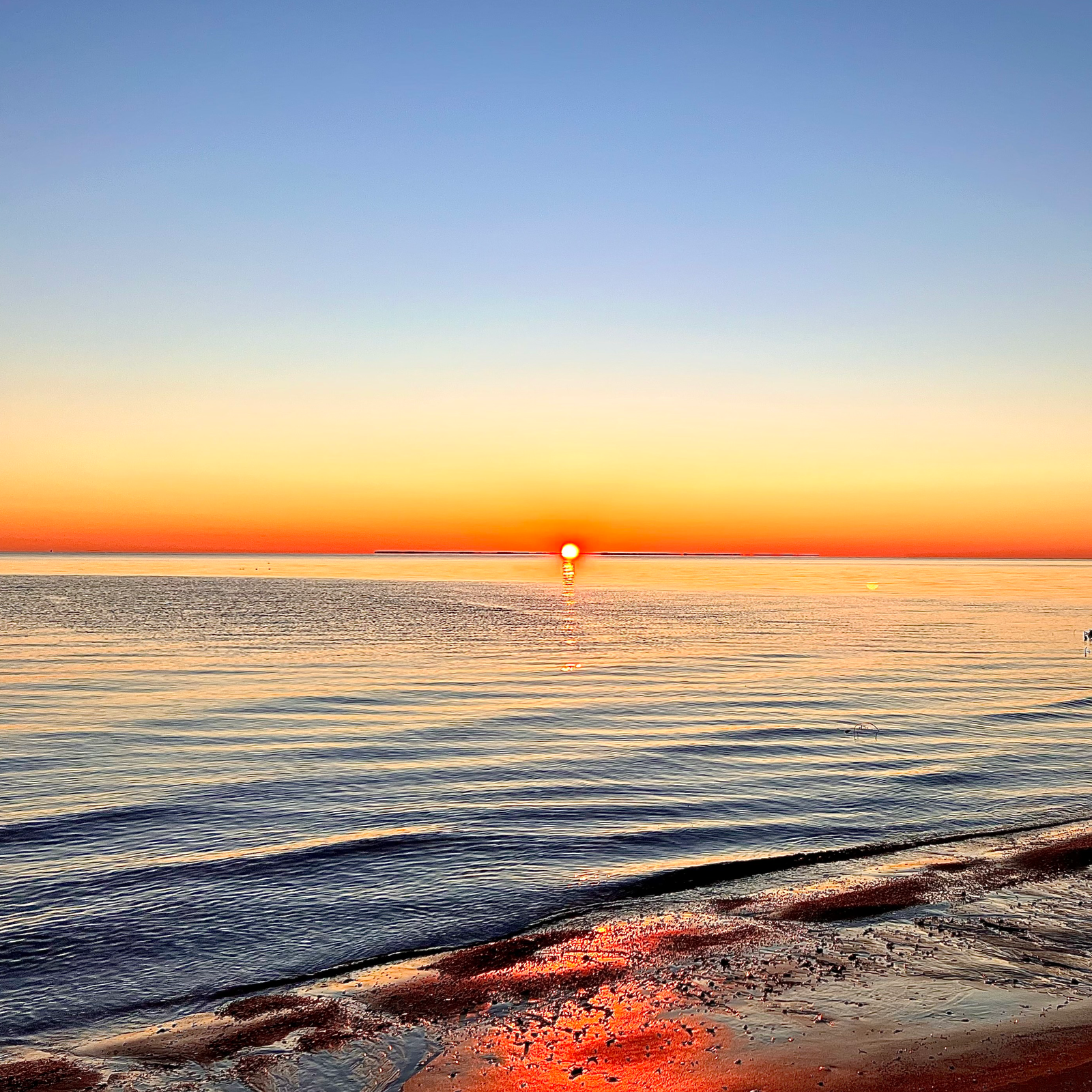A very special article:
"How Demosthenes Reached Across the Ages to Speak to William", from

~ ~ ~ ~ ~
The New York Times
America’s Children Are Unwell. Are Schools Part of the Problem?
Nov 24, 2025
Has America Given Up on Children’s Learning?
May 10, 2025
I Teach Memoir Writing. Don’t Outsource Your Life Story to A.I.
Mar 23, 2025
Is Micromanaging Classes a Recipe for School Success?
Feb 3, 2025
Something Surprising Happens When Kids Have to Set Their Own Goals
Jan 2, 2025
In This Industrial Design Class, Students Eat Their Homework
Dec 19, 2024
Nurses, Chaplains, and Teachers Should Not Be Replaced with Technology
Dec 4, 2024
For Too Many Kids, Books Are Uncool and Unread
Jul 24, 2024
As Boys Struggle, Men Who Teach Kindergarten Step In
Jun 23, 2024
A School With 7 Students: Inside the ‘Microschools’ Movement
Jun 17, 2024
What Happens to Gifted Children
Jun 13, 2024
Sign Right Here: The Parents Pledging to Keep Kids Phone-Free
Jun 9, 2024
Boys Get Everything, Except the Thing That’s Most Worth Having
Jun 5, 2024
A Utah Mountain Town Brings Back an Old Idea: The One-Room Schoolhouse
Apr 21, 2024
An Ancient Solution to Our Current Crisis of Disconnection
Nov 27, 2023
What Most American Schools Do Wrong
Oct 22, 2023
Who Runs the Best U.S. Schools? It May Be the Defense Department.
Oct 10, 2023
This Simple Fix Could Help Anxious Kids
Sep 4, 2023
Parents Don’t Understand How Far Behind Their Kids Are in School
May 11, 2023
I think a fifth year of high school is an excellent idea, and I don't understand why ALL schools in the country didn't automatically just have children repeat the grade they were in when COVID struck. Instead of moving everyone on and then discovering that they're all a year behind in math and reading.
A Silicon Valley School That Doesn’t Compute
Oct 23, 2011
It is very interesting to look back at this classic article... over a decade later!
ASDE - The Alliance For Self-Directed Education
Parents! Stop whatever you’re doing and DESCHOOL now!
What’s the Damn Rush? Embracing the Present Instead of Preparing for the Future
YouTube
Maintaining Classroom Discipline (1947)
Standardized Testing: Last Week Tonight with John Oliver
a photo from a recent special guest visit:
Thad Heckman, architect of the new train station
Mark Bollman, project manager for the city
This post contains affiliate links to materials I truly use for homeschooling. Qualifying purchases provide me with revenue. Thank you for your support!





















































 Immersive Experience
Immersive Experience Immersive Experience
Immersive Experience






